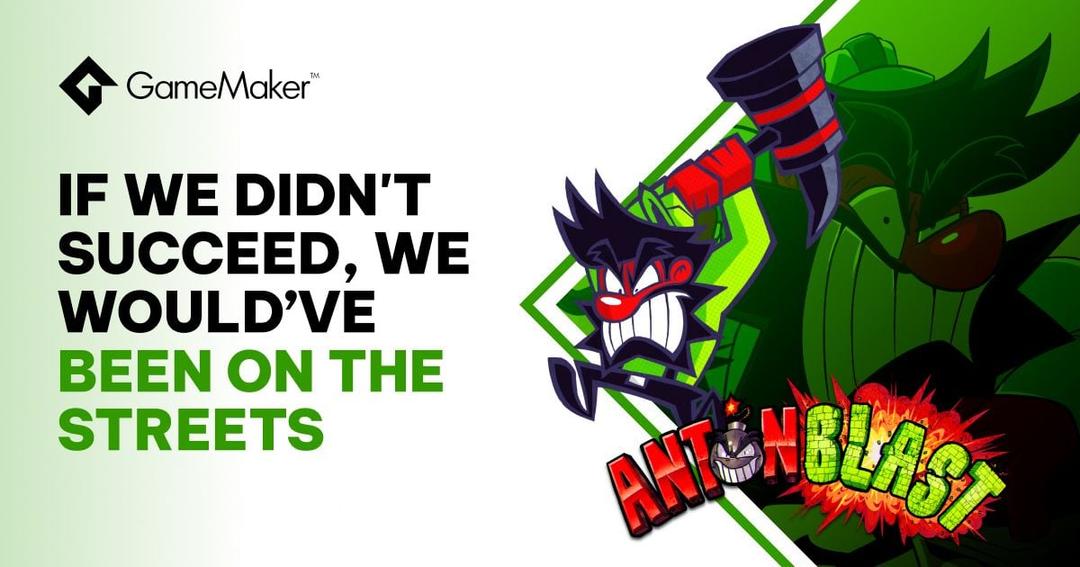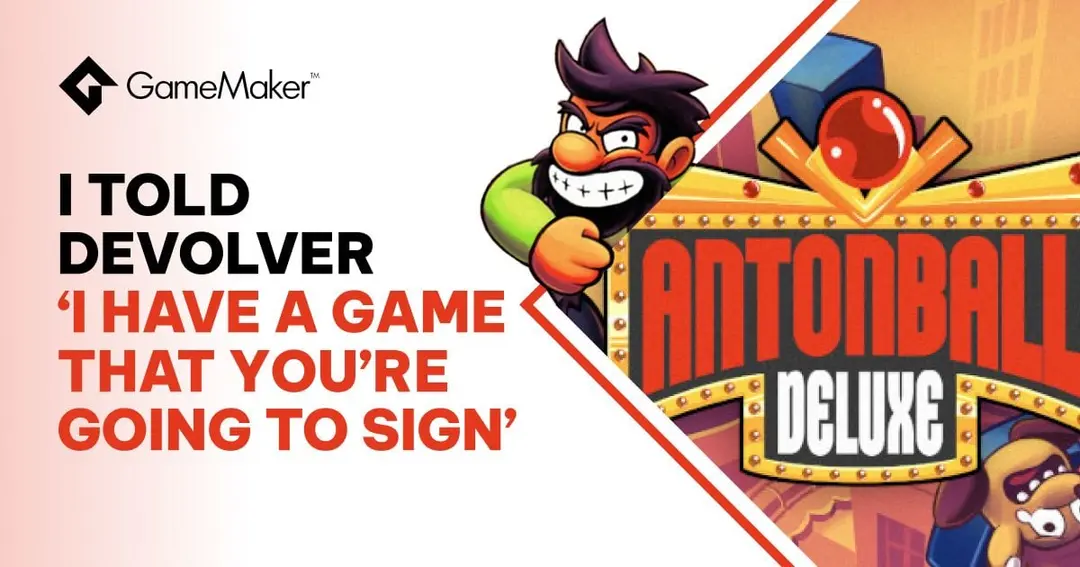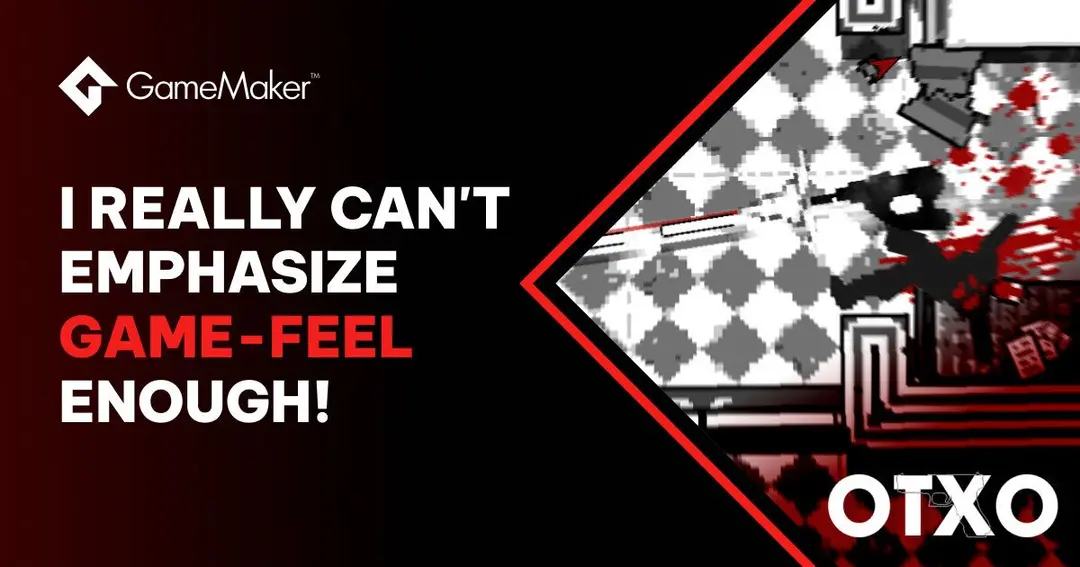Developing Cryohazard: How to Make a Video Game Start to Finish

Many people dream of making games for years, but actually finishing one is a different story. BossyPino, the creator of Cyrohazard, has shared his insights on how you can go from never completing a game to releasing your own on Steam in just six months.
How Do You Make A Game In Six Months, As A Solo Game Dev With No Experience?
My name is BossyPino and my first game is a spooky strategy roguelite game called Cryohazard. I reflected on the most impactful experiences from each month of development and consolidated those experiences into lessons. In sharing what I’ve learned working on this strange little game, I’d like to think another dev in the trenches will walk away from reading this with some new insight that helps them get their game published.
January - The Start Of The Indie Game Development Process: Finding a Game Worth Making
The concept of Cryohazard was born out of a far too ambitious idea. I’d been obsessed with the idea of a merchanteering game ala Tradewinds and Merchant of the Skies. Buy cargo here, transport it there to sell big, and survive hostile conditions and enemies while you travel. While this would be a worthwhile game to make, I wouldn't be able to make it myself in half a decade, much less half a year. So I did what any sane person would do and started making it anyway.
But I was all too aware of how many ambitious game ideas I’d started that manifested as crappy little projects and were abandoned too soon. Even if I’d been right to abandon them, pursuing these games further would have taught me critical lessons sooner.
So I set a goal for myself. Above all, I was going to start a six month project that I would release no matter what. If I could get this game complete, start to finish, I knew that for the rest of my career I would never start from zero again. This became fundamental to my motivation and is how I actually finished Cryohazard.

February - Killing Your Darlings Is How Games Are Made
I ripped apart my (horribly ambitious) concept of a merchanteering game and asked myself three things:
- What drives me to make this kind of game?
- What is the most engaging gameplay loop?
- What do my skills allow me to make in six months?
By answering these questions to myself honestly, I quickly realized that I didn’t actually NEED to make a merchanteering game; it was navigating through hostile weather that really impassioned me. I settled on expanding on the turn-based driving combat as the sole gameplay loop, which fit well with my knowledge of table-top design and creating procedural encounters.
At this point, I’d transitioned from pen and paper prototypes to a scrappy programmed proof of concept. With a core game design thought-out, what I needed now was to plan out the whole six months. The start of this process was always easy for me, but follow-through was terrifying- how was I supposed to budget time for things I’d never done before?
My current method is to assume things will take at least three times longer than you think they will. Regularly, I would find that tasks that seemed like they would be fast and easy were the ones that would become my biggest time sinks- like remaking your GUI over and over again to get it right! Things you would never dream of will come up, and you’ll be thankful for that extra time.
Years of working on games, and now having shipped my own, has taught me:
- What workflows work best for me to manage daily work
- How I can use my failures to iterate on ideas
- The importance of scope in managing an entire project

March - Ideas Are Disposable; Execution Is Everything
As I tore apart my proof of concept and started programming in earnest, a new issue arose. Even after narrowing Cryohazard down to a single fun gameplay loop to build upon, the possibilities of what to do seemed endless. Should maps be hand-made or procedural? Should combat have depth and feature buffs/debuffs, cooldowns, etc? Should there be crafted cutscenes to better immerse the player in the game’s world?
All of these ideas MIGHT be good, but games take more than just good ideas to make. A lot more. No amount of good ideas will ever ship your game. A tiny cookie clicker with five minutes of gameplay is infinitely more of a game than the most incredible open-world pitch because the first is an actual game, and not an idea for one.
Having good ideas is usually the last thing I need. Chasing a good idea can distract me from the more tedious but necessary tasks at hand, finishing turning yesterday's idea into an actualized game. So, how do you decide what to do? The answer for me is surprisingly simple. I reflect on my goals, then do a little research. That’s usually enough to make the best decision I can and then, the painful part, I stick with it.
April - Don’t Interrupt Your Testers
You cannot make a good game without having testers.
The most important step preceding game testing is to HAVE TESTERS. Ideally people in your target demographic, but get everyone you can to play. I’m a homebound introvert, so my most frequent testers were my siblings and girlfriend. I annoyed them throughout development by having them repeatedly playing builds to give me feedback.
Recruiting someone to play an early build can be incredibly vulnerable. I wanted to explain every shortcoming, give context where the game didn’t, and apologize for every bug and crash. Ultimately, I learned to resist that urge and found it’s far better to just sit back and watch. I stopped apologizing and started thanking testers for highlighting the things that weren’t working or hard to understand. It wasn’t about the game being ‘bad’ or ‘good’, it was about gaining their perspective. Something I couldn’t replicate on my own with all the hours in the world.
It’s incredibly frustrating for me to hear feedback along the lines of ‘oh, it’s good! I liked playing’ or ‘keep up the good work!’ If you’re only hearing praise, it can be helpful to remind yourself that they don’t care about the project as much as you do, and they might think you’re looking for praise rather than constructive criticism. It’s nice to be praised, but find the testers who will tell you everything you did wrong and hold on to them. If I’m not hearing critique from a tester, I can usually learn a lot by watching their faces while they play. Reactions in real-time are often incredibly honest and helpful for devs.
I make an effort to have ongoing testing throughout development, trying not to let more than a few weeks pass between feedback cycles. And in the weeks before launch, trying to recruit new testers who might expose unique issues and bugs.

May - Ask 'WHY' To Learn How To Market Your Game
I am very new to marketing in general, but here’s one thing to keep in mind when marketing your game. Understand the WHYs of your game as soon as possible.
After making Cryohazard, I now have a handful of questions I plan to keep asking myself about all my future games to help market them. Questions like:
- Why did this game have to be made?
- Why should you be interested?
- Why has a game like this never been made before?
Exploring Whys also led me to some incredibly specific questions that became key in marketing Cryohazard. Those questions got personal:
- Why did I lose sleep while writing the story?
- Why was Mad Max such a big inspiration?
- Why is this game unique amongst other turn-based games?
You’ll have your Steam page to tell players the hard facts- the genre, the game length, the mechanics, the aesthetic style. Let the Whys help you get potential players hooked.
For Cryohazard, one of the Whys I tapped into the most revolved around why I’d decided to pair the genres of simulation horror and turn based roguelite. It helped me focus on some of the unique aspects of my game and, arguably more importantly, gave me a way to show why I was so passionate about Cryohazard as more than just a collection of game mechanics.

June - Finishing a game teaches unique skills
The finish line- I can practically smell it. Now all that’s left is to make sure I can actually deliver my game to players on launch day. For Cryohazard, this meant learning a lot about Steamworks- the portal you use to manage builds, upload patches, maintain the store page, send keys to curators, and all the general administration.
With a well-tested beta uploaded weeks before my deadline, I was feeling pretty good about the upcoming release day. And then, with only days until the launch, a man named Stepan emailed me about localizing Cyrohazard into Russian. Stepan is a native Russian speaker who hoped to break into the world of video game translation by helping localize games for free.
It would be ill-advised for me to steer so far off course with only a few days left until launch. I would have to spend back-to-back days programming things like:
- A way for the game to know what language to use
- Extended characters for fonts
- Language toggle that supports easy debugging
- Adjusted spacing for cutscenes and UI where text is a significantly different length than native EN
- Method of swapping between different versions of sprites
So yeah, bad idea right? I should just wait and add this as a post-release goal.
Ignoring my own good advice, Stepan and I set up a Sheets doc and went to work. I was extracting text from every corner of the game I could find, and he was taking passes at converting it to Russian.
Somehow, I managed to still hit my original deadline, and Cryohazard was available in two languages on release!
While it felt like a bad idea initially, I am grateful that I’d the opportunity to learn how to add additional language support. And, from that experience, I can tell you that localization is a huge part of making games and that more developers should take the extra time and effort to allow their game to be enjoyed by an international audience!

By getting Cryohazard to the finish line, I learned so many new skills I can use for making future games. Use what I’ve learned to do better than me, and help support a world with good games in it.
- BossyPino
You can check out Cryohazard on Steam, available now.








